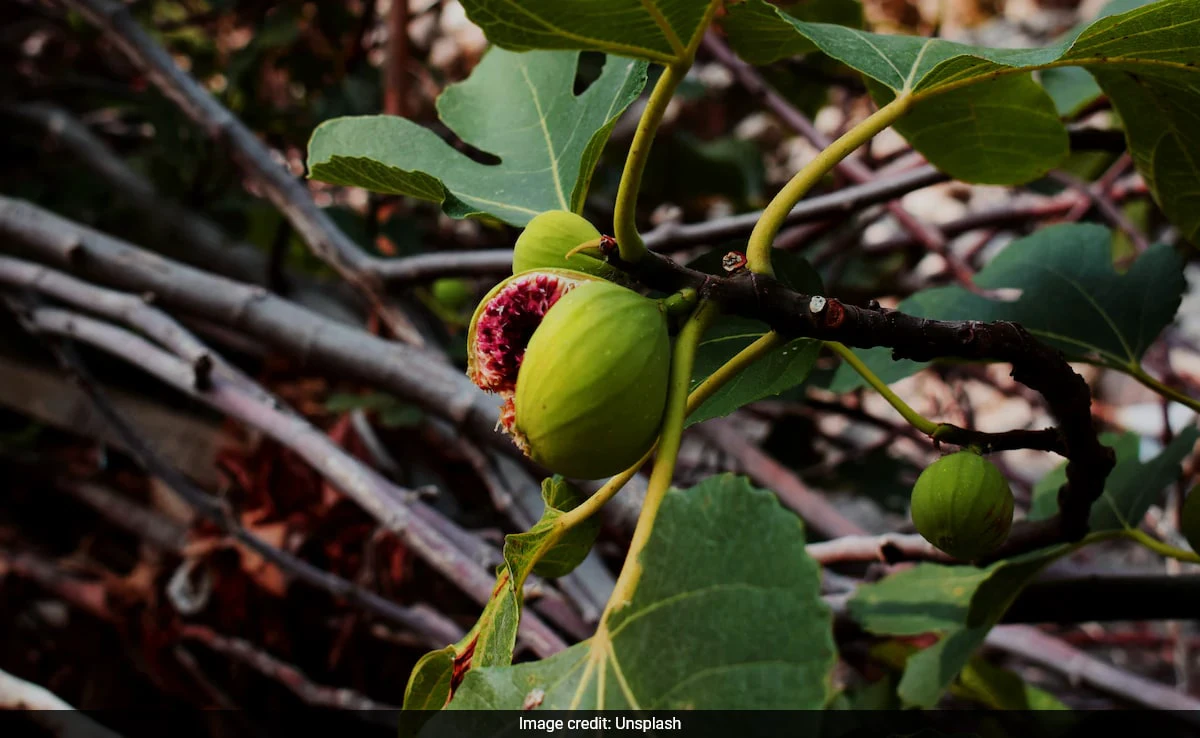Some fig trees can convert atmospheric CO2 into calcium carbonate, a process known as the oxalate carbonate pathway, effectively turning CO2 into stone.
The process of carbon sequestration allows fig trees to store carbon in a more stable form, keeping it in the soil for longer periods compared to organic carbon.
The , presented at the Goldschmidt conference in Prague, revealed that fig trees are one of the first fruit trees shown to have this ability – a potential triple win for food production, organic carbon storage through photosynthesis and inorganic carbon storage as they convert CO2 into calcium carbonate.
Mike Rowley at the University of Zurich in Switzerland and his colleagues found that three species of fig tree native to Samburu County in Kenya can also make calcium carbonate from CO2.
“A large part of the trees becomes calcium carbonate above ground,” said Rowley as quoted by New Scientist. “We [also] see entire root structures that have pretty much turned to calcium carbonate in the soil where it shouldn’t be, in high concentrations.”
Incorporating fig trees into reforestation and agroforestry projects could enhance carbon capture efforts and provide additional benefits like improved soil quality.
| Brighter Night-Time Light Exposure Linked To Higher Heart Disease Risk
Scientists aim to quantify the amount of CO2 these trees can capture, assess their water requirements, and determine their viability for large-scale projects.
“What was really a surprise, and I’m still kind of reeling from it, is that the [calcium carbonate] had really gone far deeper into the wood structures than I expected,” Rowley added.
“I expected it to be a superficial process in the cracks and weaknesses within the wood structure.”
